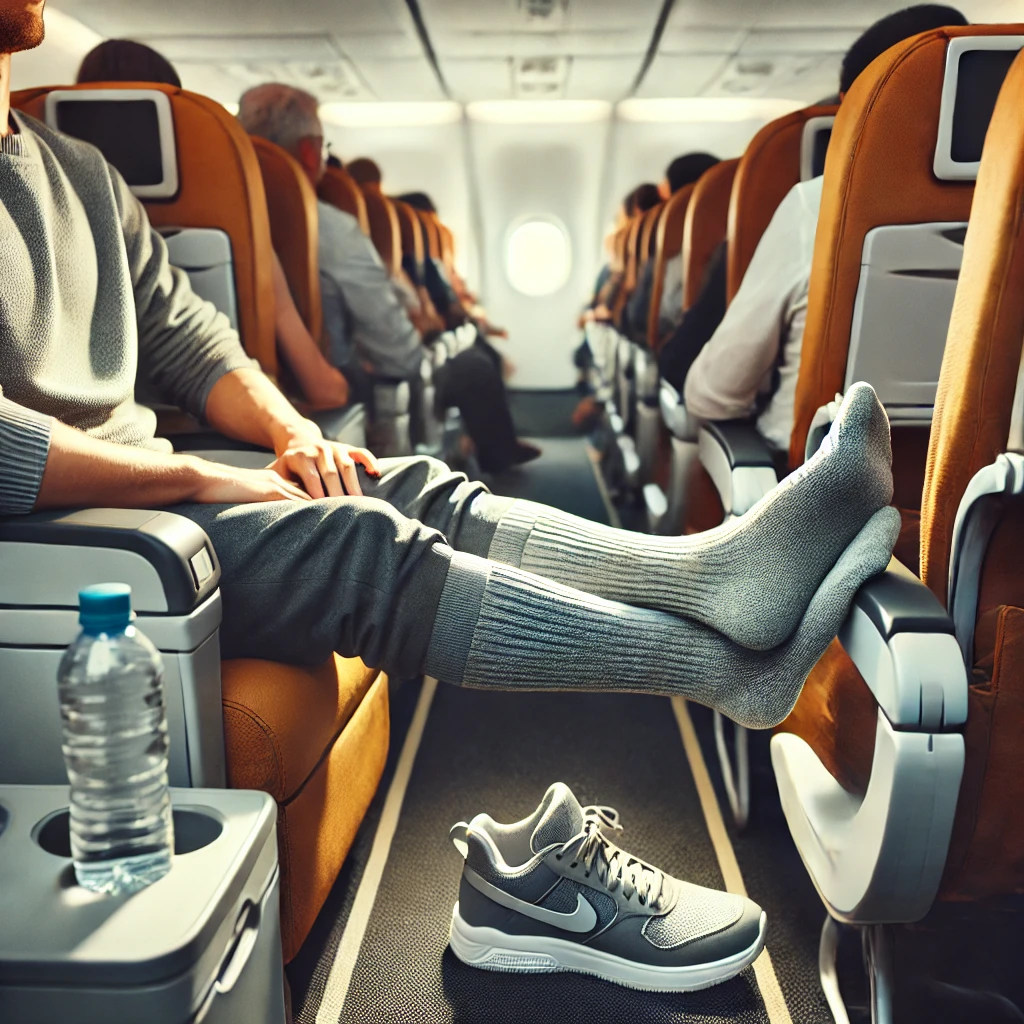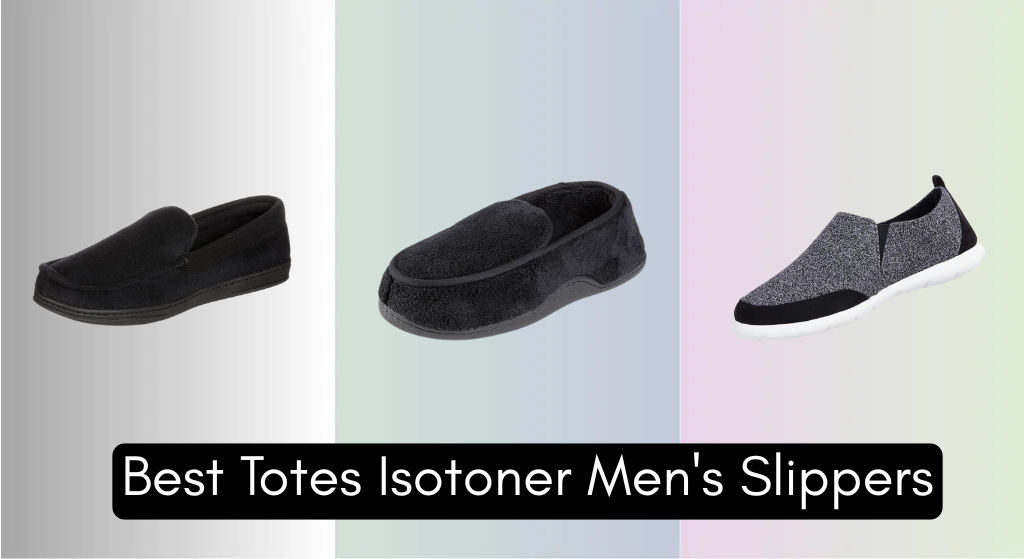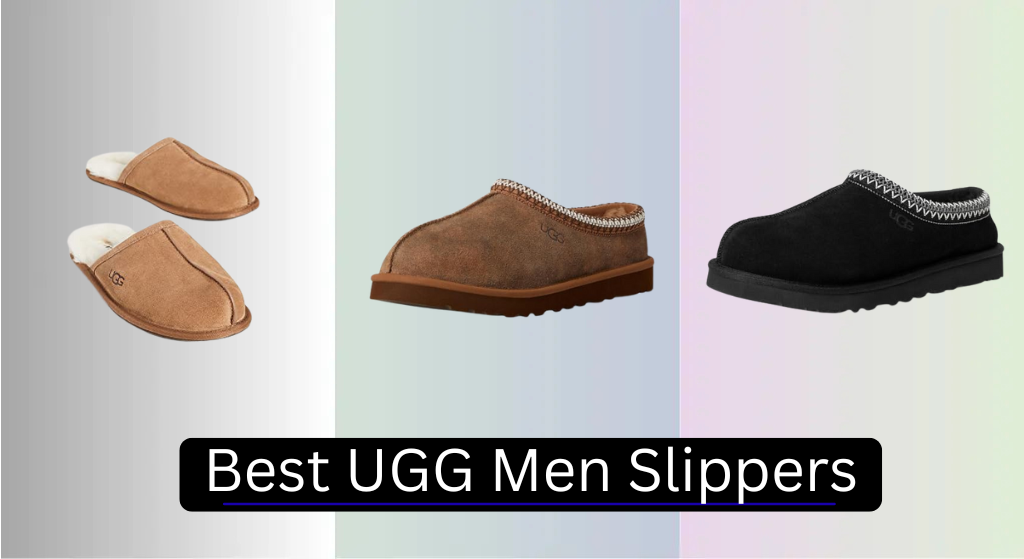Introduction
Flying long distances can be exciting, but it also takes a toll on your body—especially your feet. Sitting for extended hours in a cramped space can lead to swelling, numbness, and even more serious conditions like deep vein thrombosis (DVT). Fortunately, with some simple precautions, you can ensure your feet stay comfortable and healthy throughout your journey.
Let’s explore the best ways to protect your feet during long flights.
Understanding the Risks to Your Feet on Long Flights

Swelling and Poor Circulation
One of the most common issues during long flights is foot swelling, also known as edema. This occurs due to prolonged sitting, which reduces circulation and causes fluid to pool in the lower extremities.
Risk of Deep Vein Thrombosis (DVT)
DVT is a serious condition where blood clots form in deep veins, usually in the legs. Long periods of inactivity increase the risk, making movement crucial.
Numbness and Tingling
Sitting in one position for too long can cause nerve compression, leading to numbness or a “pins and needles” sensation in the feet.
Foot Pain and Discomfort
Wearing improper shoes or failing to move around can result in sore, stiff feet by the end of the flight.
Choosing the Right Footwear for Long Flights
Importance of Comfortable Shoes
Selecting the right shoes is one of the most effective ways to prevent foot discomfort. Your shoes should be supportive, breathable, and slightly loose to accommodate natural swelling.
Best Types of Shoes for Flights
- Sneakers or cushioned walking shoes
- Slip-on shoes for easy removal
- Shoes with arch support for extra comfort
Avoiding Tight and Restrictive Footwear
Avoid wearing high heels, tight boots, or shoes with narrow toe boxes, as they restrict circulation and can make swelling worse.
Compression Socks and Their Benefits

How Compression Socks Improve Circulation
Compression socks apply gentle pressure to your legs, helping blood flow back to the heart and reducing the risk of swelling and DVT.
Choosing the Right Compression Socks
- Opt for graduated compression socks (higher pressure at the ankle, lower at the calf)
- Look for medical-grade socks if you have circulatory issues
- Ensure the right fit—not too tight or loose
When and How to Wear Them
Put on your compression socks before your flight and keep them on for the duration of the journey. If you’re on an ultra-long-haul flight, take short breaks from wearing them if needed.
Keeping Your Feet Active During the Flight
Simple Foot Exercises
Moving your feet regularly can prevent stiffness and improve circulation. Some easy exercises include:
- Flexing and pointing your toes
- Rolling a tennis ball under your feet (if allowed)
Ankle Rotations and Stretches
- Rotate your ankles clockwise and counterclockwise every 30 minutes
- Stretch your calves by pressing your toes against the floor and leaning forward
Walking Around the Cabin
Whenever the seatbelt sign is off, take short walks up and down the aisle to keep blood flowing.
Hydration and Its Role in Foot Health

Importance of Staying Hydrated
Dehydration thickens the blood, increasing the risk of circulation problems and swelling.
How Dehydration Affects Circulation
Not drinking enough water can lead to poor circulation, making it harder for blood to flow back from your feet.
Best Drinks to Consume During a Flight
- Water (aim for at least 8 ounces every hour)
- Herbal teas for relaxation
- Electrolyte-infused drinks for better hydration
Avoid alcohol and caffeine, as they contribute to dehydration and can worsen swelling.
Elevating Your Feet for Better Circulation
How to Elevate Your Feet While Flying
Keeping your feet slightly elevated helps reduce swelling and promotes better circulation. However, airplane seats often don’t offer much legroom, making this tricky.
Using Travel Pillows or Footrests
A small travel footrest or an inflatable foot pillow can make a big difference in keeping your legs in a comfortable position. These are lightweight and easy to carry in your bag.
Alternative Ways to Support Your Legs
- If a footrest isn’t available, try using your carry-on bag as a makeshift foot support.
- Adjust your seat position to recline slightly, which takes pressure off your lower legs.
- If the seat next to you is empty, stretch out and rest your legs on the extra space.
Massaging Your Feet to Prevent Stiffness

Benefits of Foot Massage During Flights
A simple foot massage helps to:
- Improve blood circulation
- Reduce swelling and stiffness
- Relieve tension in the muscles
Simple Self-Massage Techniques
- Toe Stretching: Pull your toes gently forward and backward to improve flexibility.
- Foot Rolling: If allowed, use a small massage ball or water bottle under your feet to stimulate circulation.
- Deep Tissue Massage: Use your thumbs to apply light pressure along the arches and heels of your feet.
Tools to Enhance Foot Relaxation
Consider bringing:
- A small massage ball or roller
- Essential oils like peppermint or lavender for a soothing effect
- Cooling foot gels to reduce inflammation
Avoiding Tight Socks and Clothing
How Tight Clothing Affects Circulation
Tight jeans, leggings, or socks can restrict blood flow and contribute to swelling in your feet. Choosing looser, breathable clothing helps maintain proper circulation.
Best Travel Outfits for Foot Comfort
- Loose, comfortable pants like joggers or yoga pants
- Compression socks (if needed) but not overly tight socks
- Layered clothing for temperature adjustments
Choosing Breathable Socks
Opt for moisture-wicking, breathable materials like cotton or bamboo socks to keep your feet dry and comfortable throughout the flight.
The Role of Diet in Foot Health During Flights

Foods That Help with Circulation
Certain foods can naturally improve circulation and prevent swelling:
- Leafy greens (rich in magnesium)
- Citrus fruits (high in vitamin C, which strengthens blood vessels)
- Nuts and seeds (good sources of healthy fats and fiber)
Avoiding Salty Foods That Cause Swelling
Salty snacks can lead to water retention and worsen swelling in your feet. Try to avoid:
- Processed foods like chips and crackers
- Fast food meals at the airport
- Salted nuts and pretzels
Best Snacks for Long Flights
Instead of salty or processed foods, pack:
- Unsalted almonds or walnuts
- Fresh fruits like apples or oranges
- Protein bars with low sodium
Managing Temperature Changes for Foot Comfort
How Cold Cabins Affect Circulation
Airplane cabins are often cold, which can cause blood vessels to constrict, leading to poor circulation and discomfort in your feet.
Using Warm Socks or Blankets
Bring a pair of warm, cozy socks or a light travel blanket to keep your feet at a comfortable temperature during the flight.
Avoiding Excessive Heat Exposure
While warmth is good, avoid placing your feet directly against heating vents, as prolonged exposure can cause dryness and irritation.
Special Considerations for People with Foot Conditions
Traveling with Diabetes or Circulatory Issues
People with diabetes need to be extra cautious about foot health since poor circulation can lead to complications. Some tips include:
- Wearing diabetic-friendly socks that improve blood flow
- Checking feet regularly for any signs of swelling or discoloration
- Keeping feet dry and moisturized
Tips for People with Arthritis or Plantar Fasciitis
For those with arthritis or plantar fasciitis, extra support is crucial:
- Wear orthopedic or cushioned insoles
- Stretch feet and ankles before and during the flight
- Avoid sitting in one position for too long
Consulting a Doctor Before Flying
If you have existing foot or circulation issues, consult your doctor before a long flight. They may recommend specific footwear, compression socks, or even medications to prevent complications.
Post-Flight Foot Care Tips

Stretching After the Flight
Once you land, take a few moments to stretch and move around:
- Stand up on your toes and slowly lower down
- Stretch your calves and ankles
- Walk around the airport to get your circulation going
How to Reduce Swelling and Discomfort
If your feet are swollen after the flight:
- Elevate your legs above heart level when you reach your hotel or home
- Soak your feet in warm water with Epsom salt
- Massage your feet gently to encourage blood flow
When to Seek Medical Attention
If you notice severe swelling, pain, or discoloration in your feet after a flight, consult a doctor immediately. These could be signs of deep vein thrombosis or another serious issue.
Conclusion
Protecting your feet during long flights is essential for overall comfort and health. Simple measures like choosing the right footwear, staying hydrated, wearing compression socks, and keeping your feet active can make a huge difference. By following these tips, you can step off the plane feeling refreshed rather than sore and swollen.
FAQs
1. How often should I move my feet during a long flight?
Ideally, you should move your feet every 30 minutes by flexing your toes, stretching your legs, or taking a short walk when possible.
2. Can I take my shoes off on a plane for better comfort?
Yes, but it’s best to wear loose socks to keep your feet warm and avoid direct contact with the airplane floor, which may carry bacteria.
3. Do compression socks really help with circulation?
Yes, compression socks help improve blood circulation, reduce swelling, and lower the risk of deep vein thrombosis (DVT).
4. What should I do if my feet swell during a flight?
Drink plenty of water, move your feet regularly, elevate them if possible, and wear loose-fitting shoes to accommodate any swelling.
5. Are there any foot creams or lotions that help during flights?
Yes, moisturizing foot creams with ingredients like aloe vera, shea butter, or peppermint can keep feet hydrated and soothe any discomfort.










